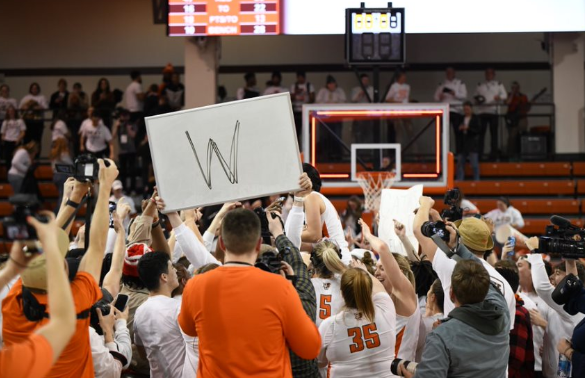What would it take to get you to attend class? Would you get out of bed for $500 a week? Principal Mark Commanducci believes, for his students at Children’s Charter Middle School in Louisiana, this reward works.
Commanducci explained students at Children’s Charter Middle School earn a weekly paycheck for attendance and appropriate behavior. Each week, students start with $25 of ‘middle school money,’ which can be increased to $500 per week depending on behavior and performance. This can buy school supplies, free dress passes and pizza parties at the school store. The cost of a free dress pass is equivalent to close to ‘four perfect weeks of academic and social behavior,’ Commanducci said.
This is an excellent way to get students into the classroom where, in an atmosphere conducive to learning, the desire to succeed can be cultivated.
You might think it’s obvious monetary payment will motivate students to behave and perform. But this is actually a complicated issue which has been extensively researched.
In the research paper ‘Incentives, choice, education and well-being,’ Barry Schwartz, Professor of Psychology at Swarthmore College argues the use of extrinsic incentives to motivate a student can actually undermine intrinsic motivations which had previously directed a person’s thoughts and actions. There is evidence this may ultimately undermine performance because ‘sometimes motives compete instead of summating.’
Schwartz said when an extrinsic incentive is provided for a person to perform, the outcome is often a decrease in performance because the desire to learn is replaced with the desire to gain the extrinsic reward. Data shows the quality of work decreases when performance is later expected without a reward.
This brings to mind the time I was first paid to mow my dad’s lawn. The next week he told me to do it for free – my intrinsic motivation to ‘do a man’s job’ was suddenly replaced by the thought ‘I don’t work for free!’
But this argument may not be relevant for the students at Children’s Charter because it’s impossible to undermine an intrinsic motivation which doesn’t exist. The majority of students have very limited economic means, and many come from a family background which places little value on education.
To deal with this lack of support in the home, Children’s Charter also works with the parents to help build a connection between the importance of hard work at a young age and future success.
The goal is to ‘hook [the students] with an extrinsic reward,’ Commanducci said, to ‘build roots of why education is important.’ In this way the intrinsic desire to succeed can have the opportunity to develop. The time between the opportunities to redeem rewards at the student store is increasingly lengthened as the year progresses. This is intended to help make the transition from solely extrinsic incentive to increased intrinsic motivation.
The cost of this program is negligible. Paychecks are paid in ‘middle school money’ printed by Children’s Charter, and many of the items purchased in the school store are provided by donations from community partners.
Cost is actually reduced, because improved behavior leads to less detention. Thus, the cost of paying staff to supervise detention and Saturday school is reduced.
If this incentive program helps to keep students in school and off the streets, I count the strategy a success. The education of all our youth is of utmost importance to our society.
This includes those who are personally motivated and those who are not. It is our responsibility as a society to do our best to arrest the fall of those who cannot see the benefits of education and, at a young age, unveil to them their own potential.







